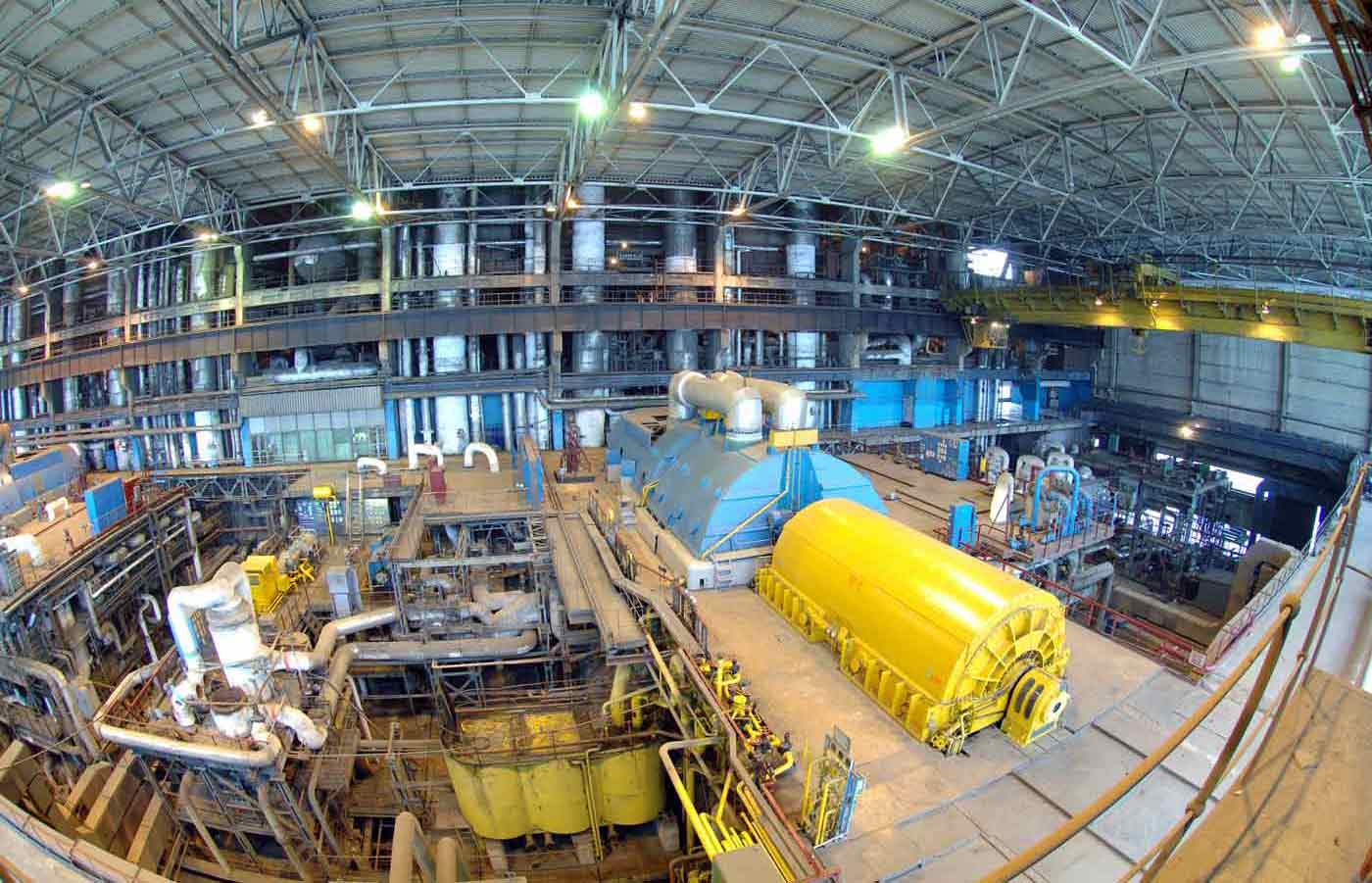EMS questions and answers
Last updated 2014.
Do you have an ISO 14001 question that may also be of interest to others? If so, and you would like for an expert to provide you with some advice, please email us.
What will the ISO 14001 standard changes mean?
The ISO 14001 standard is currently undergoing review, with a draft expected to be released early 2014 and the new standard to be released sometime in 2015.
From what I understand and somewhat speculating, EMS manuals may need to be reformatted to a similar style seen in an ISO 9001 quality manual. There may be greater integration into the business and less standalone policies. Additionally, organisations may be expected to include their suppliers within their EMS scope. Uncertainty regarding what is required for each element should be clarified.
They may also be setting minimum environmental performance standards as hopefully they too have identified there are numerous organisations certified but with poor performance and little or no continuous improvement. It is quite possible that organisations may need to place greater emphasis on the environment and EMS Coordinators worldwide may have greater responsibility within an organisation.
More information will be provided once the draft is released. For more information please refer to the ISO website.
What are the real primary reasons for an ISO 14001 EMS?
There are many benefits of developing an EMS which I won't repeat. However, from my own experience very few organisations are developing systems for these reasons. I'm not saying that they don't get these benefits when they develop an EMS but the 'primary' reasons for developing it are because:
- A potential client(s) requires their contractors and/or suppliers to have ISO 14001 certified EMSs and so to be eligible to win the work the organisation needs an EMS; or
- They are pre-empting a need for an EMS for one or more potential clients.
There are many organisations, typically government and mining within Australia, requesting a certified ISO 14001 EMS from their contractors and suppliers. As commonly known, ISO 14001 doesn't always guarantee legal compliance and best practice from their contractors and suppliers. These organisations, if not already doing so, should consider conducting their own audits and reviews of their contractors and suppliers.
Help, we've been informed we need an ISO 14001 EMS.
Developing, implementing and maintaining an ISO 14001 EMS takes time, money and human resources. It isn't always viable to develop an EMS in this instance and sometimes it is only an administration exercise by your client with little or no benefit to them. Consider approaching them regarding this requirement as sometimes an environmental risk assessment can be developed in its place.
What is the PDCA cycle of continuous improvement?
An ISO 14001 environmental management system follows a Plan-Do-Check-Act (PDCA) cycle. This is whereby:
- PLAN = developing the policy and the environmental management system to achieve the policy requirements and meet the requirements of the standard;
- PLAN = developing the policy and the environmental management system to achieve the policy requirements and meet the requirements of the standard;
- CHECK = checking and reviewing the system for adequacy (e.g. capturing of data, and conducting inspections, audits and management reviews); and
- ACT = continuously improving the environmental management system (e.g. revision of documents and provision of training).
